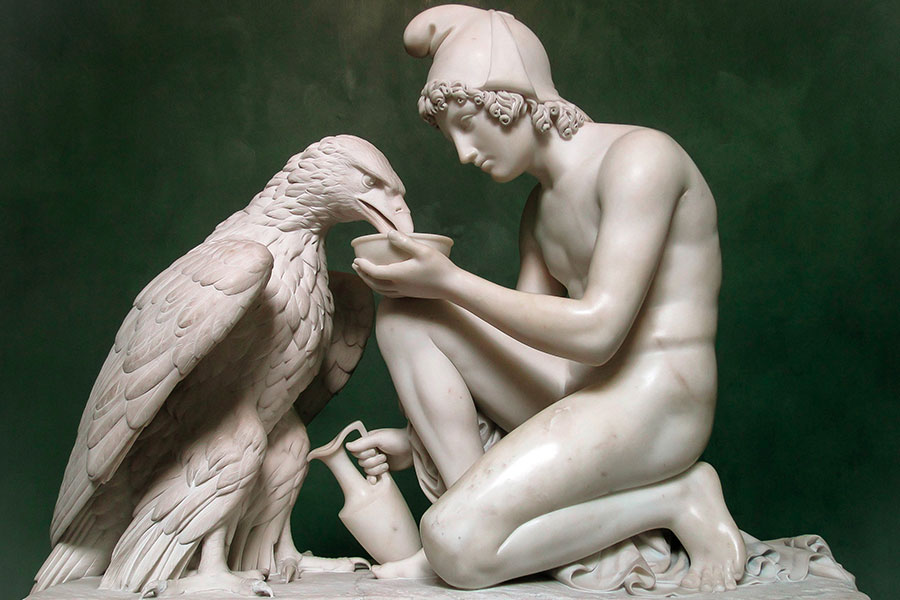3. Psychoanalysis
There exists a didactic that teaches us how to know and how to eliminate the positive and negative values that we carry within. This didactic is called inner psychoanalysis.
In order to know our psychological defects it is necessary to appeal to inner psychoanalysis. A great difficulty arises when we appeal to inner psychoanalysis; I want to emphatically refer to the force of counter-transference (which is this great difficulty).
We can investigate ourselves, we can introvert ourselves, but when we attempt to, the difficulty of counter-transference emerges. The solution to this difficulty lies in knowing how to transfer our attention inward, with the purpose of exploring ourselves in order to know ourselves and to eliminate the negative values that harm us psychologically, socially, economically, politically, and even spiritually.
4. Mental Dynamics
In mental dynamics we need to know how and why the mind functions as it does.
Unquestionably, the mind is an instrument that we must learn to use consciously. But it would be absurd for such an instrument to be efficient for us if we first did not know the how and why of the mind.
When one knows the how and the why of the mind, when one knows the different functionalisms of the mind, then one can control it. Thus, the mind becomes a useful and perfect instrument through which we can work for the benefit of humanity.
5. The Laconic Action of the Being
The laconic action of the Being is the concise manifestation, the brief action, which in synthesis the real Being of each one of us executes. This action is mathematical and exact, like a Pythagorean table.
I want you to reflect very well upon the laconic action of the Being. Remember that above, within the infinite starry space, every action is the result of an equation and of an exact formula. Likewise, as a logical deduction, we must emphatically affirm that our true image, the inner Kosmic Human, is beyond false values. He is perfect.
Unquestionably, each action of the Being is the result of an equation and of an exact formula.
Self-esteem
Much is said about feminine vanity. Truly, vanity is the living manifestation of self-esteem.
The woman before a mirror adoring herself, worshipping herself with frenzy, is a complete narcissist. The woman adorns herself the best way she can, she paints herself, she curls her hair, etc. She purposely does this so that others will say, “You are gorgeous, you are beautiful, you are divine, etc.”
The “I” always enjoys the admiration of others; this is why it adorns itself. The “I” believes itself to be beautiful, pure, ineffable, holy, virtuous, etc. No one believes himself to be evil; all people consider themselves good and just.
Ahimsa: Nonviolence
Ahimsa, nonviolence, is the pure thought of India; ahimsa is indeed inspired by universal love. The word himsa means “to want to kill; to want to harm.” Therefore, ahimsa is the renunciation of all death or harm caused by violence or even such intentions.
Ahimsa is the opposite of egotism; it is absolute altruism and love; it is upright action. Mahatma Gandhi made of ahimsa the wand of his political doctrine.
Page 4 of 17
 English
English




